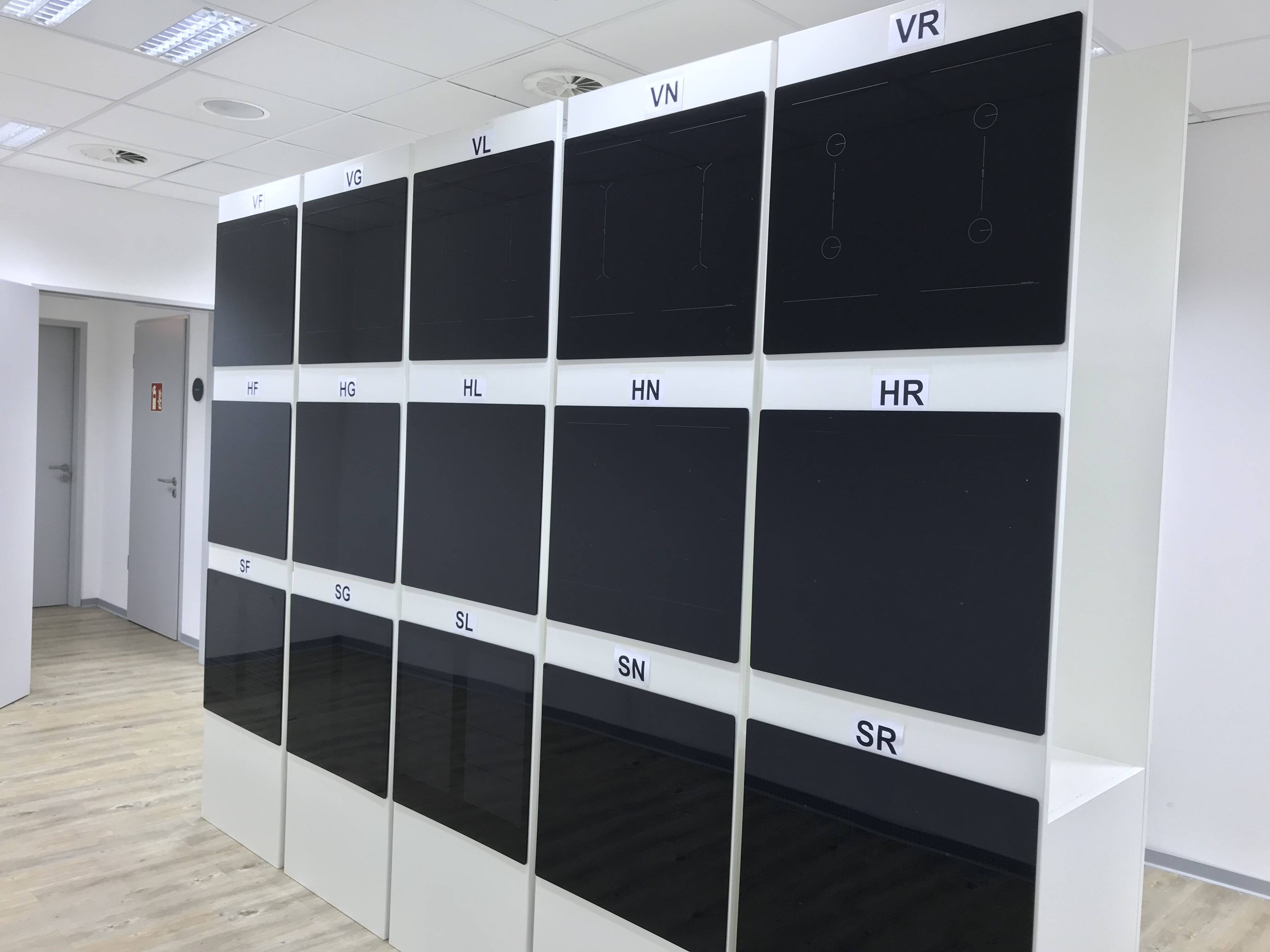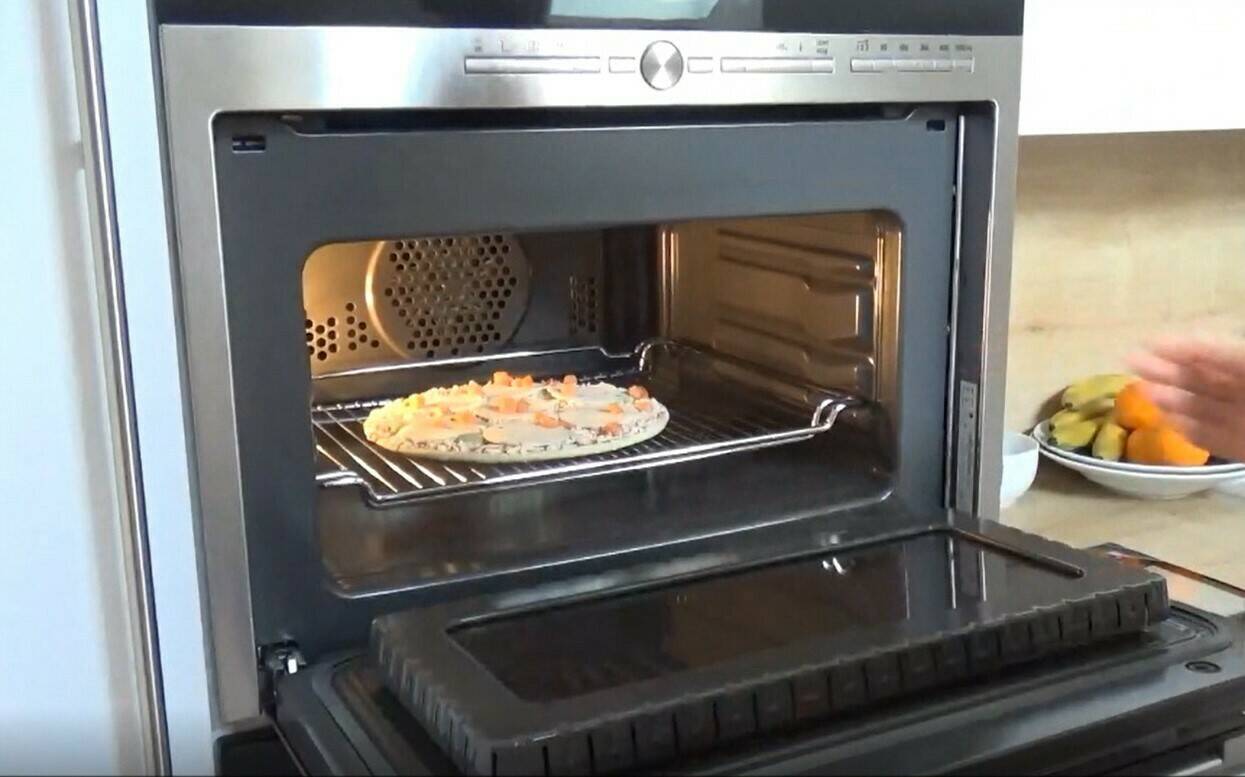Consumer satisfaction: A brief review of over five decades of consumer research
Reading time: 7 minutes
The consumer is at the center of everything we do – that has always been the motto of BSH. It’s important to understand what consumers really want. But how do you find out what that is? A brief review of over five decades of consumer research.
The consumers are at the center of everything we do, and we focus all of our efforts on their needs. We aim to excite them whenever and wherever they come in contact with our brands, products, and services. That's why “consumer centricity” has always been the key to success: knowing what consumers want enables them to develop the right products. At BSH, too, the history of research into consumer needs goes back a long way. And the methods have evolved over the years.
A large number of appliances are used today, especially in the kitchen. From the user’s perspective, there are many factors that influence these appliances. In addition to the price, material, finish, design, and range of functions, there are also different country-specific requirements. In France, for example, ovens with a pyrolysis function are sold almost exclusively; this is not par for the course in Germany. And there are always new technologies and food trends that reflect consumer wishes.
In addition to the price, material, finish, design, and range of functions, there are also different country-specific requirements. In France, for example, ovens with a pyrolysis function are sold almost exclusively; this is not par for the course in Germany
Personal interviews, letters, and questionnaires
Until the 1980s, product managers tried to understand consumer needs through personal interviews. To do this, they visited private households along with customer service. While the technician repaired the stove, colleagues asked specific questions about home appliances. This enabled BSH to find out about any problems that arose during use. Consumers also regularly wrote letters or called, which gave the developers further advice. Questionnaires were also enclosed with the appliances. These were intended to help consumers pass on their experiences with a BSH appliance after a few weeks of use. All this resulted in a lot of feedback. For example, consumers felt that the 60-centimeter-wide hobs were too small – pots and pans often collided and didn’t fit well next to each other on the cooking surfaces. BSH accordingly decided to introduce wider cooktops and adjust the layout of the cooking plates.

Stove diaries and ethnographic studies
In the 1990s, BSH introduced what was called “stove diaries.” Users were asked to write down exactly how they handled their kitchen appliances, which cooking zones they used, how long they spent cooking, and what they prepared. This data also had a direct influence on the specifications of future appliances.
Soon afterward, market research in the product area began with the first ethnographic studies, a qualitative method in which researchers observe consumers at home in their kitchens and thus gain precise insights into how they use the appliances – from setting them up to using them and cleaning them. BSH learned, for example, that many consumers leave unused trays or racks in the appliance when using the oven – an important detail for developers because these metal parts absorb energy and have a considerable influence on the degree of heat. The method became even more revealing when BSH began observing users in various countries in 2008. This is because there are significant regional and cultural differences in cooking and the handling of household appliances. In the UK, for example, cooking is often done with hot air and on several levels, and the oven has to have a powerful grill – home appliances are equipped accordingly.
What does the food market say?
Information that is only indirectly related to the appliances themselves can also be revealing because cooking is also about consumer habits and preferences in preparation. What do people put in their shopping cart? How much meat do they consume? How much frozen food? This market data allows conclusions to be drawn about which kitchen appliances and which functions consumers need. In the 1990s, for example, BSH discovered that German households often eat frozen pizza. This led to the realization that ovens need a pizza level, which is still a popular function today.

The oven's pizza level
How does BSH test usability today?
User-friendliness, also known as usability, is the focus of interest today. This is important because home appliances have many more functions than they did in the past and consumers are more challenged in their handling. Among the most important methods of data collection are tests that accompany or complete the development of home appliances – also known as formative or summative tests. In the accompanying tests, test subjects try out the home appliance prototypes at different stages during product development. Final tests aim for a comprehensive evaluation of the finished product and thus make it possible to improve future products. These final tests are only carried out with appliances already on the market.
However, digital data cannot describe what exactly the consumer prepares with their device, how they feel about it, and how they evaluate the result. The tried-and-true methods of market research will therefore remain an important basis for bringing a smile to consumers’ faces
Online surveys and digital data
From around the middle of the year 2000, the Internet brought new possibilities to market research. All of a sudden, developers were able to reach a significantly larger number of users with much less effort than that involved in personal surveys or paper questionnaires. In addition, technological progress had produced digital test methods that enabled BSH to test its current development projects regularly and easily.
And how will consumer needs be researched in the future? Networked home appliances are already capable of sending usage data back to BSH – as long as consumers agree. Product developers will then be able to understand even better how consumers use their appliances. This data is an additional aid in the search for possible improvements and can further refine the picture of consumer needs. However, digital data cannot describe what exactly the consumer prepares with their device, how they feel about it, and how they evaluate the result. The tried-and-true methods of market research will therefore remain an important basis for bringing a smile to consumers’ faces with individual offers.




